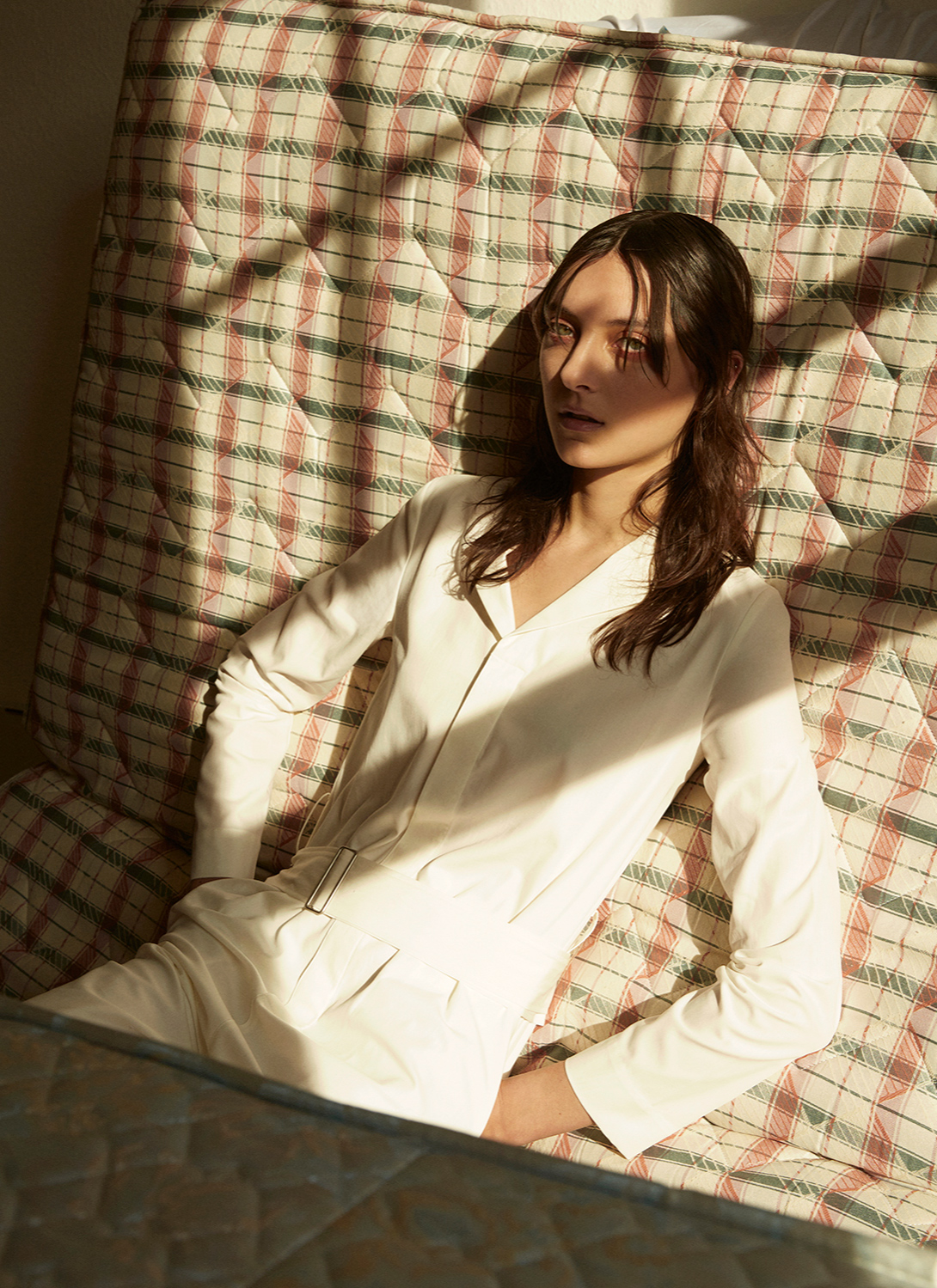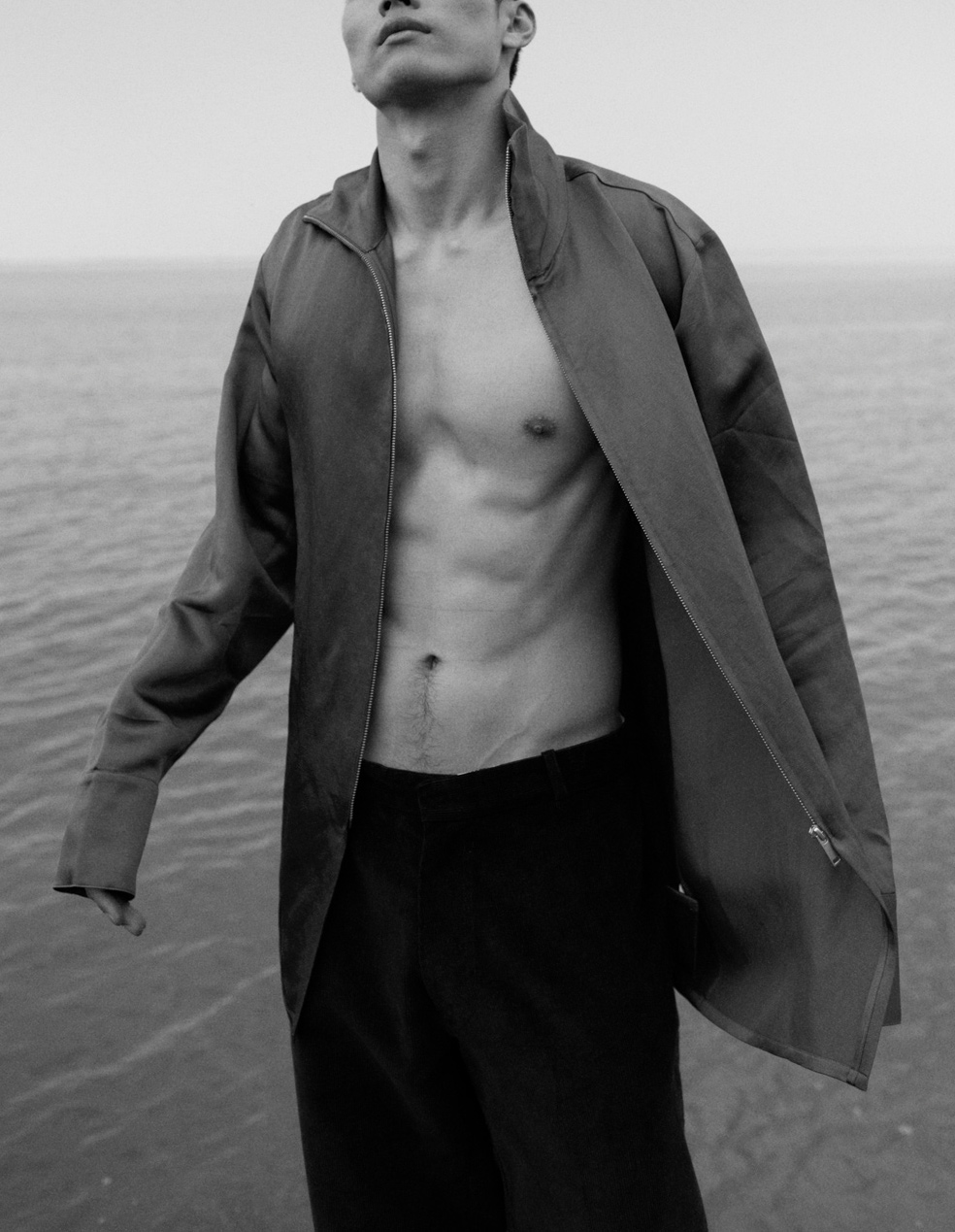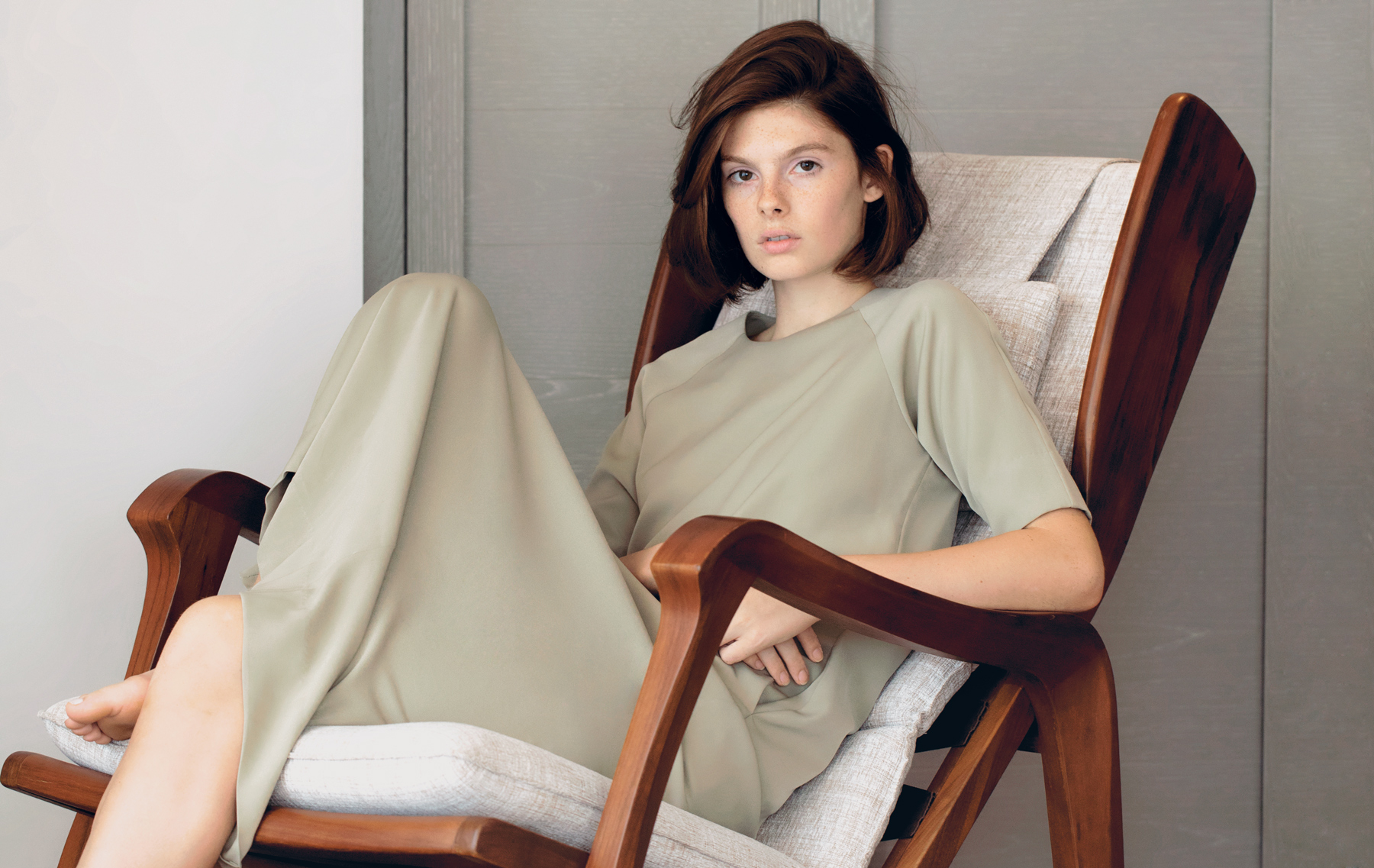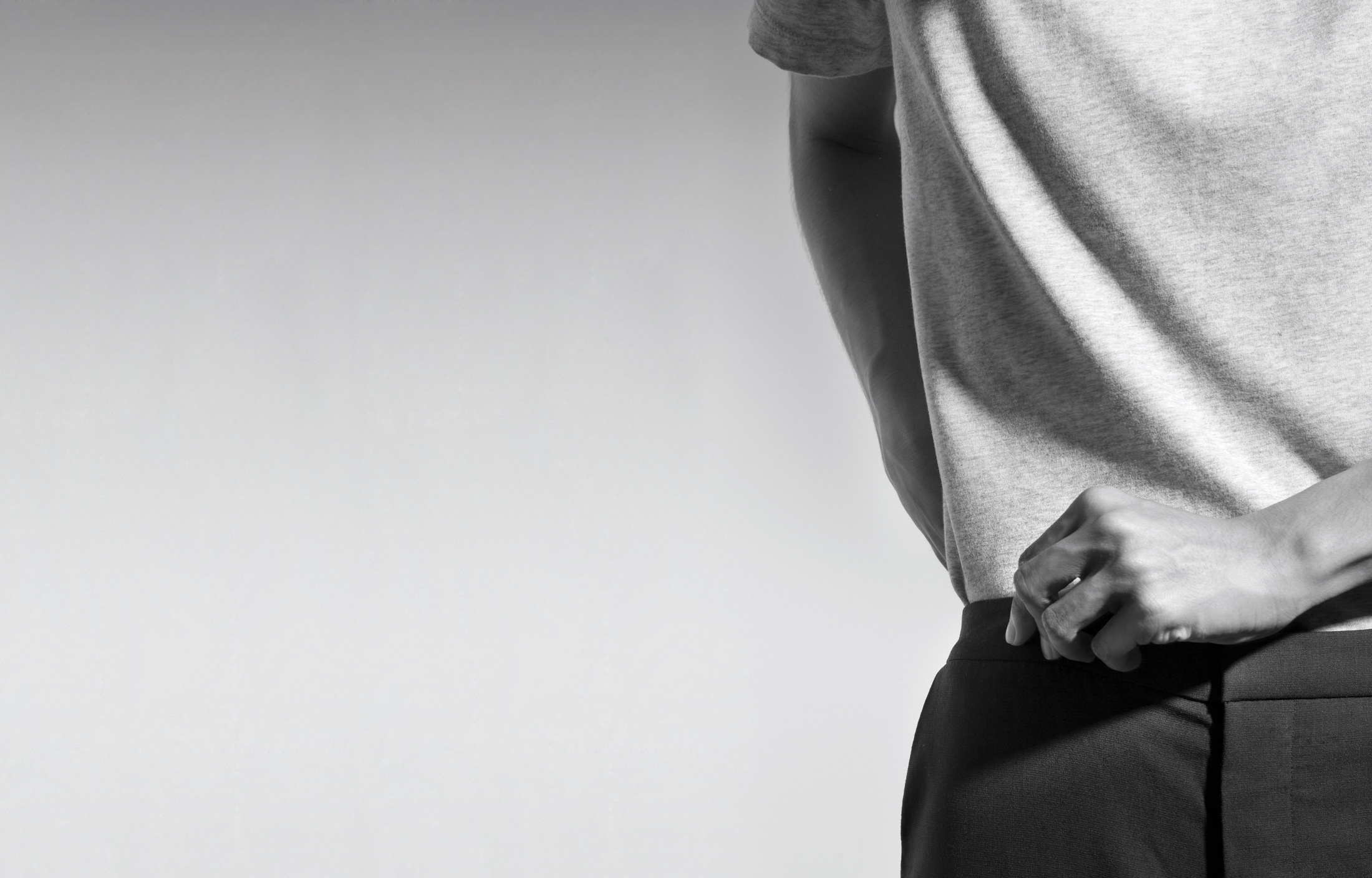Wardrobe Reconstructed
Text by Tang Jialei
Photography by Studio Oooze
Text by Tang Jialei
Photography by Studio Oooze
Art infiltrates the common life through functional designs. Conceived by designers and materialised by craftsmen, fashion falls rightfully under this category. In practice, clothes become our second skin and begin to have lives of their own. Against the pressurising context of seasonal trends and fast fashion, a curiosity for wardrobe pieces to outlive emerges.
Like yours perhaps, my closet is biased for monochromes. However, it has slits of colours that are centre pieces on auspicious occasions. In learning to care for them, I discovered that colour guard laundry detergent and a refreshing shortcycle cold wash adds longevity to pigments, while tumble dryers fade them out. Vinegar, a mythical household liquid, prevents colour bleeding while revitalising their vibrancy.
On the other hand, the quotidian whites experience dulling and yellowing. Indeed, the symptoms of age do not discriminate. Hot water baths with a stain remover solution on spots or bleach alternative (instead of chlorine bleach) up to 30 minutes prior to washing rejuvenates a beloved old white tee. Silks and wools are much more delicate fibres and prefer shorter tepid water soaks sans any bleaching agents.
We often forget that cashmere and wool are hair too. The bathroom shampoo is as destined for them as it is borne for us. Baby shampoo finds an affinity for delicate silkworm threads. The tags “Hand-wash cold” or “Machine-Wash Cold on Low” have proven to be truthful care instructions. The folks’ vinegar remedy removes excess soap while boosting colour and softening silks if the rinse is not enough. And yes, lay flat to dry.
When a garment shrinks from drying, a mini hot tub with hair conditioner for 10-15 minutes may correct the misfit. As the water drains, gentle presses on the garment rinses out excess moisture. After a towel pat dry, the piece is ready to be stretched back to its desired size.
Like acne and pigmentation, different types of stains call for different treatments. Much like how deep cleansing can heal a pimple, a bar of vegetable-oil based soap can help remove an oil stain. Beverage stains, such as coffee, wine, or juice, call for surfactants found in stain remover solutions. In this case, hot water enhances the power of stain removers, and a laundry brush can come in handy (silks and wools excluded).
Yet, if the above-mentioned techniques cannot resurrect a white oxford from a Merlot incident, a new skin may grow out of an old wound. Natural and chemical dyes are available for several new possibilities. Creating a watercolour print with the stain or covering with acrylic paint in a splatter pattern turns it into unique piece. Alternatively, tie-dyeing, or simply, dyeing the shirt in a new colour reacquaints one with an old friend.
Speaking of old friends, one of mine sent her old beige leather Chanel to the bag-cleaner’s and discovered that they offer colouring services. A colour transfer crisis became an opportunity—she chose a black dye and it was newfound love.
In a climate where change is constant, the design sphere relentlessly procreates. In discreet retaliation, an investigation into household methods to prolong lifespans of classic wardrobe pieces while breathing life into frayed ones was launched. As one gets experimental, the fashion inventory becomes a continuous work in progress that involves more than mere buying.
On left: skirt COS, dress INGOODCOMPANY



